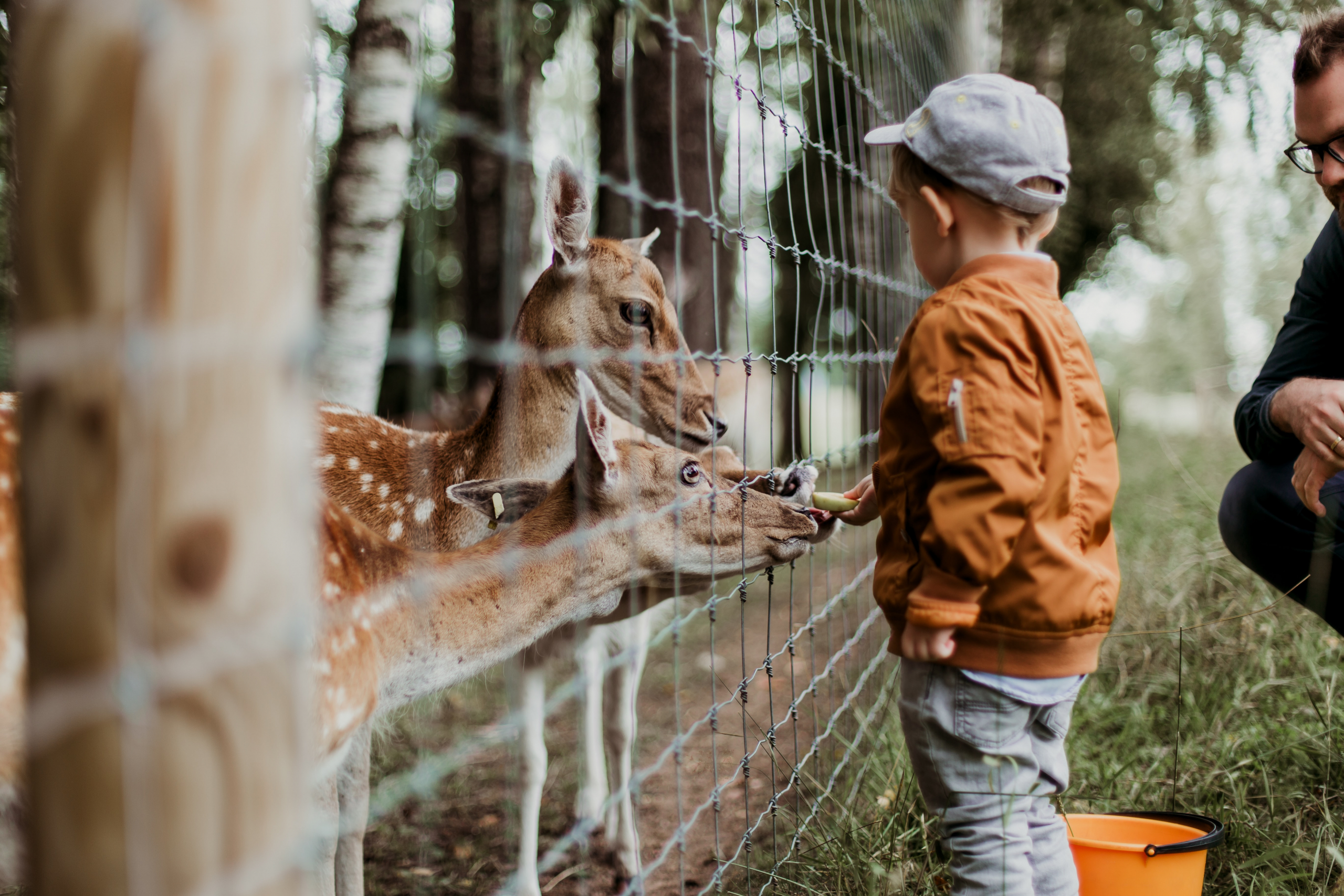Ways We Use Play to Talk About the Hard Parts of Adoption
Why do people enjoy movies, television shows, and literature that cover the most challenging themes of humanity? These topics of grief, death, pain, loss, and more are often too difficult to talk about openly, but when in the form of entrainment they are much easier to digest. Human nature sometimes wants to shy away from a painful topic and therefore we use art to help us understand and explain these themes. Children are no different. When talking to a child about their adoption many sad topics and realities come up. That is why play and imagination are so essential to childhood development and healing from trauma.
In the past, too many adoptive families pushed down the hard parts of adoption because they were afraid their children couldn’t handle it. Some parents even lied to a child and regretted later that they never told them they were adopted. This can add more trauma to an already hard-to-understand matter. There is so much research and anecdotal evidence that children need to know the truth and that hiding or pushing away the sad or hard parts of adoption can hurt the children more in the long run.
That is why we never shy away from the hard parts of life and adoption. We do it in a way that is age appropriate and connected to a safe environment. For example, our daughter was adopted from India after living in an orphanage for two years. We know nothing about her biological family or her past. That in and of itself is heartbreaking. It would be easy for us to try and have her forget her birth mother and never talk about her. Instead, when we watch movies about pregnant women or read stories about moms and babies we talk about the woman who gave us our daughter and her adoption. I wish we even had a name to call her but we do not and that is a grief we have to help our daughter work through for the rest of her life and adoption journey. Still, we do not shy away from the truth. We talk about how her mother or “tummy mommy” took care of her while she was in her belly waiting to be born. We use language and examples that are appropriate for her age.
If a horrible or challenging topic comes up we address it right then and there and try not to overcomplicate it. Even if we are cringing on the inside, we do not show our children that we are uncomfortable. Many things in life are uncomfortable but we are parents have to be understanding and willing to dive in head first.
An example of play that works well for many young kids is using dolls or toys and pretending to be different members of a family. This is where having dolls that look like our children of different races is so important. Children need to see themselves represented in their toys and books. We set up a scene with our family and then play through scenes that families go through. Think about the pretend play beforehand so you can help lead your child to conversations they may not normally bring up. Allow the child to change the scene or ask questions or bring in new characters.
Another fun way to see how your child is doing is to watch them play when they do not know you are listening in. One mom I know cried when she heard her son playing when he was pretending to be a dad and son He said imitating a dad, “Do not bother me while I am working…You are being too loud. Go play your iPad so I can get some work done!”
The mom was able to talk to her son and husband about the incident. Sometimes children interpret situations incorrectly and sometimes we need to change our behavior and apologize. The dad was stressed working from home with loud kids in the background. A few changes and the situation was resolved and the relationship can be restored. If the mom hadn’t witnessed the play, the issue would never be dealt with.
Another way that play can be used to work through big emotions about adoption is through art and crafts. Have the children draw what they think a family should look like. Talk about the names and roles of each family member. How does a birth mom fit in? What about step-siblings or half-siblings that do not live with you? Even just allowing the child to create art while talking can calm them enough to talk about deeper emotions.
As adults, we cannot get our feelings hurt when a child is curious about their biological families and where they come from. We need to be secure in our parenting, our attachment to our children, and our love for them. Having a birth parent in a child’s life does not make me less of a mom to my daughter. There is more than enough love to go around.
Sometimes children hide their feelings from their adoptive parents because they want to protect them. Show your child that you are happy to talk about their mothers and fathers. A child can never have enough people loving them. You can draw a picture too and model what you see in a family. It may have a mom and dad or just a mom or just a dad. There may be lots of grandparents or none. There may be a birth parent sending letters or even having visits from time to time.
Play is a way to show your child they are loved and secure and safe. If you sit a child down and have an hour-long talk on their adoption story and ask them many complex and sometimes unanswerable questions all at once, they will shut down. But, if parents give opportunities for children to express themselves through play and art, they will open up more and more as you spend quality time together talking about the most important topics in life.
I will end with a story of my niece who was 8 years old when her 13-year-old brother passed away. He had been sick for ten years in and out of the hospital. While his death was not a shock as we knew his time was coming, it was still grief like I have never experienced in my life.
However, my niece wasn’t crying like the rest of the family. She seemed to be lost in her thoughts and rarely talked. She would only answer people who asked direct questions. She would stare out into space. She refused to talk about her brother. Everyone else in the family was grieving openly and talking about my nephew often as that is how most of our family deals with death. My niece was different. She had questions about death but was afraid to ask because she was hurting.
We went to an animal conservation park to remember my nephew as that had been one of his favorite places. My niece was enjoying petting the rabbits and letting birds land on her, but I could tell she almost felt bad for having fun. While she was petting the baby stingrays I sidled up next to her and joined her without speaking. We spent several quiet minutes just letting the baby stingrays nibble on our fingers looking for food. These beautiful creatures behave like puppies playing together in their tank. As deep as my grief was at that time, these babies were giving me joy playing with them.
Finally, without looking at me, my niece she asked if there were animals in heaven. I answered that I thought there were all the amazing things of Earth in heaven without any of the pain. She smiled and said that her brother is happy swimming with stingrays in heaven. I choked out that I agreed. She went on to ask me many questions about death that she had been holding in. I explained that she was allowed to grieve however she wanted and if she didn’t want to cry that was ok and if she did want to cry that was ok too. She could be mad or happy or any emotion she needed and the adults of the family would care for her no matter how big and hard her emotions were. As adults, we sometimes have to put our own pain, trauma, and grief away to help a child survive their battles.
Playing with the baby stingrays was healing for her. She was able to be a kid and also deal with hard emotions and grief. We need to leave space for our children to not be ok all the time and also know that you do not have to cry and have a long conversation to help heal a child’s, broken heart. Patience, love, and a little bit of play can work miracles in our children.







